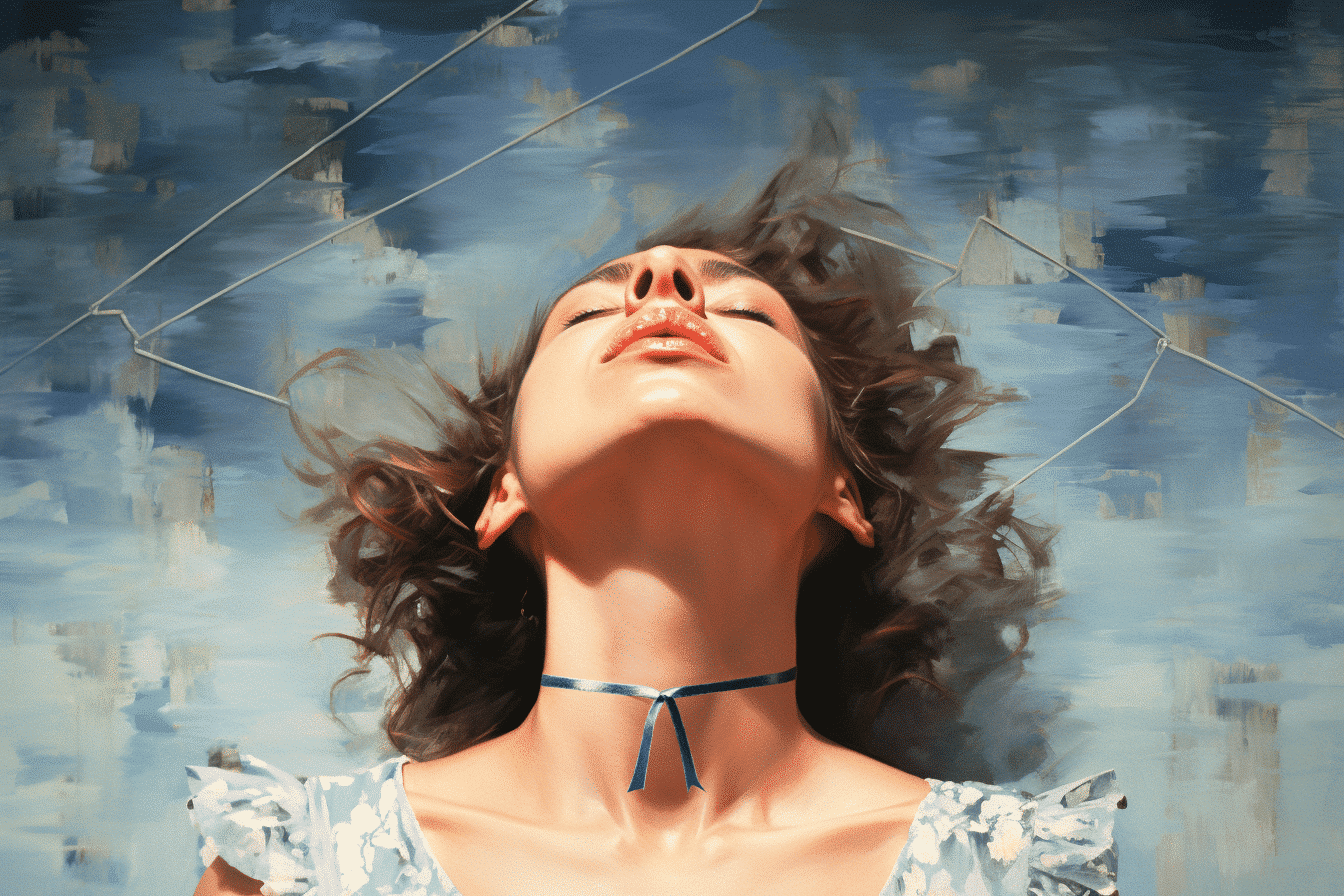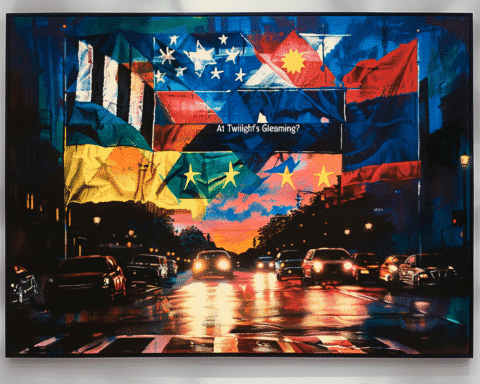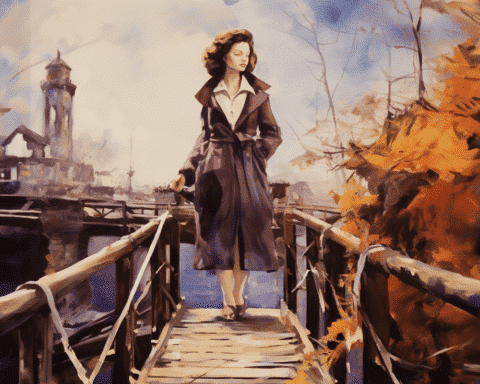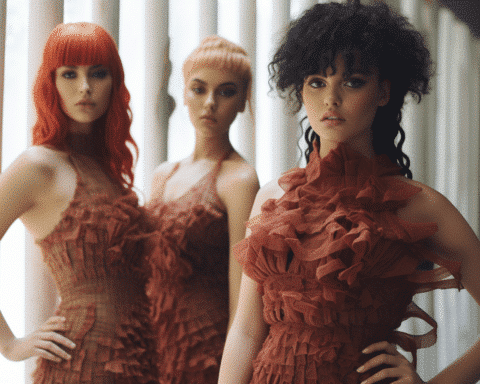Jo Ann Callis’ 1977 photograph, “Woman with Blue Bow,” captures the viewer with its stark representation of femininity’s constraints. The image, featuring a woman’s head arched back with her neck ensnared by the straps of her dress, exudes a discomforting stillness, emphasized by the taut bow and the subtle red mark on her skin. This photograph, along with others from Callis, who is recognized for her pioneering work in staged photography and the use of colour film, has been a resonant piece for over four decades, reflecting the complexities of female identity and the balance between liberation and restriction.
“All those pictures seem to have a sense of pleasure,” Callis said in a recent interview, highlighting her work’s dual sensations of discomfort and comfort. The photograph’s setting, with wallpaper birds in a near-touch, adds to the tension, symbolizing either affection or conflict. During the time of this photograph’s creation, Callis navigated her constraints, returning to graduate school as a newly divorced mother. The liberation she felt then permeates her work, which explores freedom and constraint through a female lens.
The image, featured in the “Del Cielo” group show at Rosegallery, is more than a period piece; it’s a commentary on the enduring expectations and limitations imposed upon women. Callis’ conscious decision to use colour, inspired by Paul Outerbridge and contemporary with the feminist art movement, adds a critical layer of emotion to her images. Despite the progress in gender relations, Callis notes an inevitable discouragement that the themes of her work, such as domestic responsibility and gender roles, remain pertinent today.
“Woman with Blue Bow” and Callis’s collection are complex tapestries of the female experience, capturing the subtleties of power, identity, and the trade-offs inherent in relationships. As Callis remarked, “You’re always giving up something to get something else,” a sentiment that echoes through her art and continues to stir conversations about gender dynamics today.




